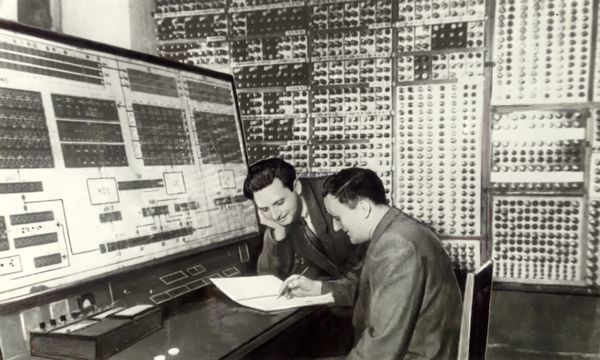
The first generation of computers used vacuum tubes for processing and storage. The ENIAC (Electronic Numerical Integrator and Computer), created in 1945 by John Presper Eckert and John W. Mauchly, is one of the first examples. These computers were very large, slow, and consumed a lot of power. They were mainly used for scientific and military calculations. The first generation reigned for about 16 years, until the introduction of the second generation in the late 1950s.
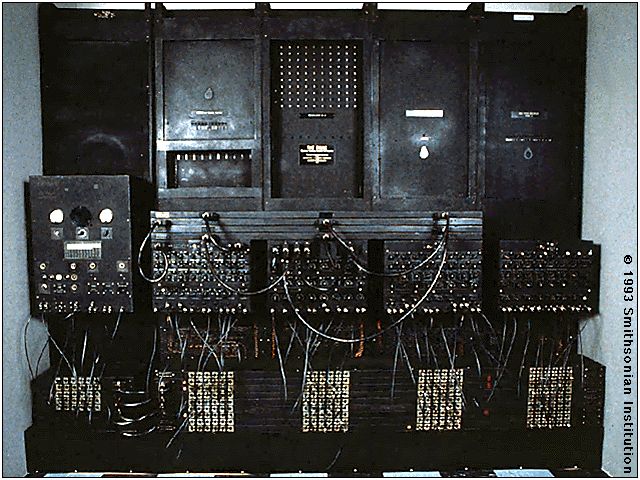
The second generation of computers replaced vacuum tubes with transistors. This technology was invented in 1947 by John Bardeen, Walter Brattain, and William Shockley at Bell Labs. Transistors were smaller, more reliable, and more energy-efficient than vacuum tubes. This allowed computers to be faster and more affordable. IBM 7090 and IBM 1401 are examples of computers from this generation. The second generation lasted about 7 years, from 1956 to 1963, until integrated circuits were introduced in the late 1960s.
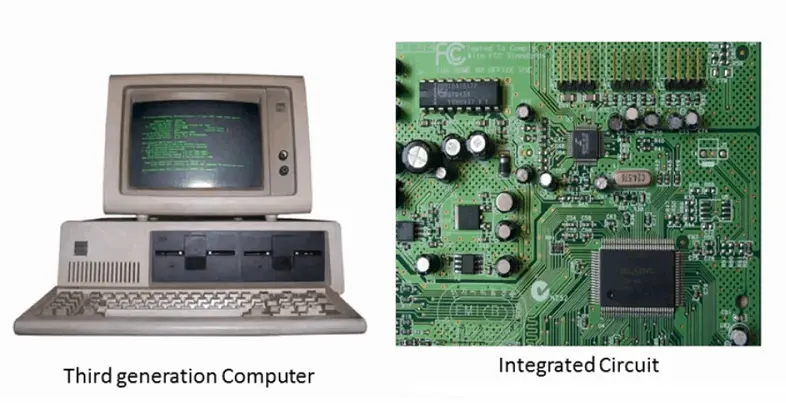
In the third generation of computers, integrated circuits (ICs) replaced transistors. Jack Kilby and Robert Noyce developed integrated circuits in the late 1950s and early 1960s. ICs made it possible to combine multiple transistors on a single chip, making computers smaller, faster, and more reliable. The IBM 360 is one of the most well-known computers from this generation. The third generation reigned for about 7 years, from 1964 to 1971, until the development of microprocessors in the 1970s.
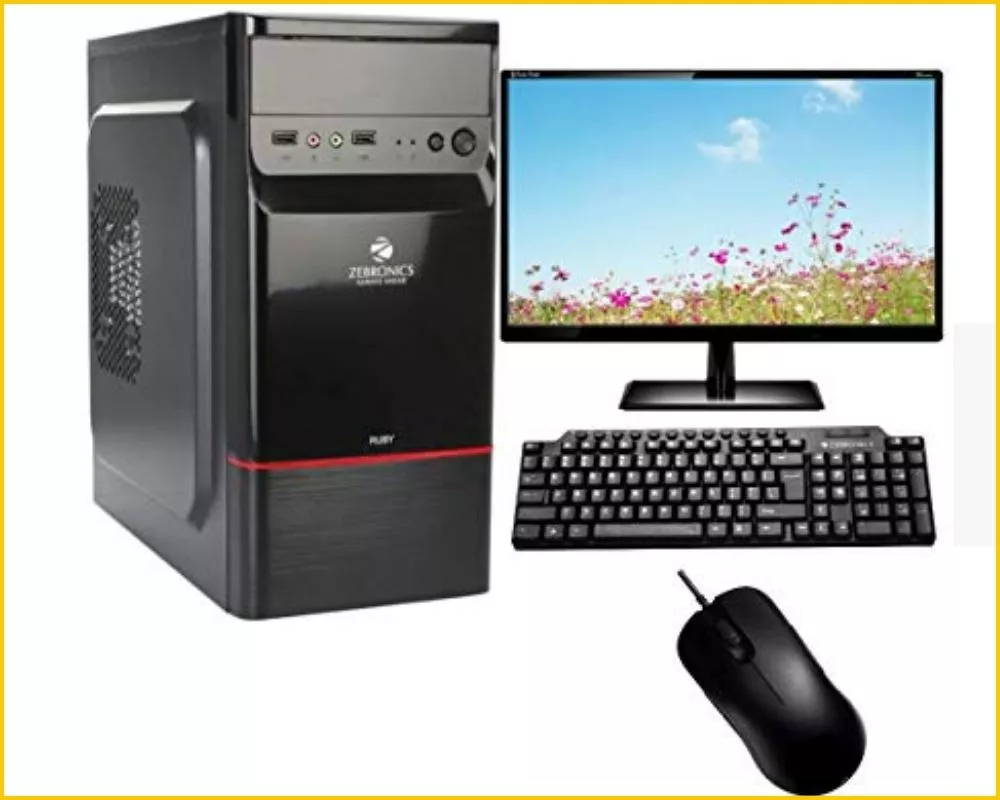
The fourth generation introduced microprocessors, which were invented by Marcian Hoff, Stanley Mazor, and Federico Faggin at Intel in 1971. The Intel 4004 was the first microprocessor. A microprocessor combined all the components of a computer's central processing unit (CPU) onto a single chip. This allowed for smaller, cheaper, and more powerful computers, making them accessible to individuals and businesses. Examples include the Apple Macintosh and IBM PC. The fourth generation began in 1971 and is still ongoing, with developments in personal computers, mobile devices, and AI technologies.
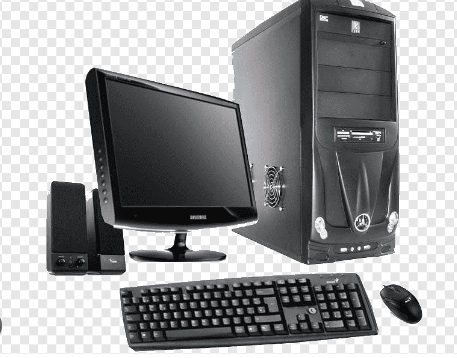
The fifth generation is characterized by artificial intelligence (AI) and quantum computing. AI research began in the 1950s with contributions from researchers like John McCarthy and Marvin Minsky. Quantum computing, which involves using quantum-mechanical phenomena to perform calculations, is also being developed. Computers in this generation are being designed to understand natural language, recognize patterns, and solve complex problems. AI-based devices such as smartphones, self-driving cars, and virtual assistants are examples. The fifth generation started in the 1980s and continues to evolve today, with new advancements in AI and quantum computing expected to shape the future of computing for decades.